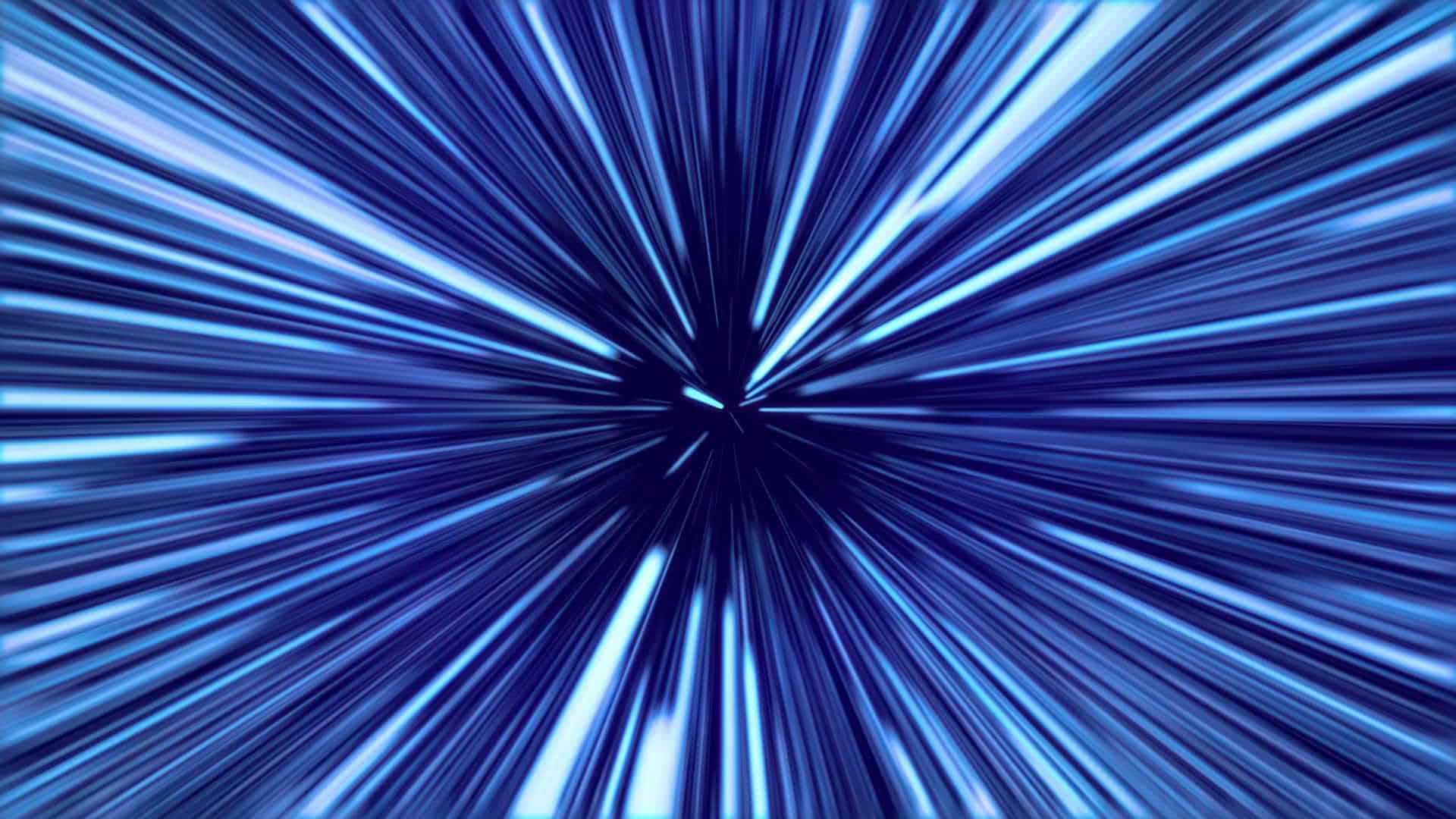Imagine traveling so fast that time itself is affected! That’s the mind-boggling concept behind the speed of light, the universe’s ultimate speed limit. Join us as we dive into the fascinating world of lightspeed, measuring its incredible pace and exploring its impact on our understanding of time and space. From the perplexing implications of Einstein’s theory of relativity to the way light behaves in different environments, get ready for a cosmic adventure that will leave you questioning the very fabric of our universe.
Unlocking the Secrets of Lightspeed
Ever heard of the universe having a speed limit? Well, it kind of does, and it’s all about the speed of light, often called lightspeed. This speed, clocking in at a mind-boggling 300,000 kilometers per second (km/s) – enough to circle the Earth over seven times in a single second! – is often represented by the letter “c.” Lightspeed isn’t just about how fast light travels; it’s a fundamental rule of the universe, a cosmic speed limit that nothing we know of can break.
But how did we figure out how to measure something as fast as light? Early scientists used clever tricks like observing the moons of Jupiter and using rapidly spinning mirrors to get a rough idea. Today, scientists use even more sophisticated tools like atomic clocks, which are incredibly precise timekeepers, and interferometry, which uses the way light waves interfere with each other to make extremely accurate measurements.
You might be surprised how much lightspeed matters in our daily lives. For one thing, it plays a huge role in figuring out how far away things are in space. Astronomers use lightspeed to calculate distances to stars and galaxies, which gives us a glimpse into the vastness of the cosmos. It’s also the backbone of modern communication. Every time you make a phone call, send a text, or stream a video, signals carrying that information are zipping around the globe at – you guessed it – the speed of light. Even the accuracy of GPS systems relies on the incredibly precise timekeeping tied to the speed of light.
While we often talk about lightspeed in a vacuum (like the emptiness of space), light actually slows down a bit when it travels through different materials. Think about how a straw in a glass of water looks a little bent; that’s because light travels slower in water than it does in air. This property of light is hugely important for things like lenses, fiber optic cables (which bring the internet to your home), and many other optical technologies.
What is the Exact Speed of Light in km/s?
We’ve established that light is incredibly fast, but have you ever wondered about the exact speed? Scientists have meticulously measured the speed of light in a vacuum and discovered that it travels at a staggering 299,792,458 meters per second. Now, that’s a mouthful, so we often round it off to a still-impressive 300,000 kilometers per second.
But here’s where things get really interesting. Einstein’s theory of special relativity suggests that nothing with mass can ever reach or exceed the speed of light. It’s like a cosmic speed limit that can’t be broken. This idea challenges our everyday understanding of speed and motion, suggesting that time and space themselves are intertwined.
The faster something moves, the slower time passes for it relative to something at rest. If an object were to approach the speed of light, time would theoretically slow down significantly! It’s a mind-bending concept that has revolutionized our understanding of the universe.
Knowing the speed of light isn’t just about satisfying our curiosity; it’s the key to unlocking incredible technologies. GPS systems, for example, rely on super-precise measurements of light’s speed to pinpoint our location on Earth. Astronomers use it to measure vast distances across the universe, peering billions of years into the past.
While we’ve come a long way in understanding this fundamental constant, scientists are always pushing the boundaries of knowledge. Research into quantum physics and other fields continues to explore the nature of light and its speed, seeking to unravel even deeper mysteries of the universe. Will we ever find a way to surpass this cosmic speed limit? Only time, and a whole lot more research, will tell.
How Fast is the Speed of Light in km/h?
Light travels at an astounding 299,792,458 meters every single second. To put it into perspective, imagine traveling at a speed where you could circle the entire Earth over seven times in just one second!
To better grasp this incredible speed, let’s convert it to the more familiar kilometers per hour (km/h). Since one meter per second equals 3.6 kilometers per hour, we can calculate the speed of light in km/h by multiplying its speed in meters per second by 3.6. Doing so gives us a staggering speed of about 1,079,252,848.8 kilometers per hour! To put that into perspective, the fastest cars in the world can barely scratch the surface of 400 km/h.
This unbelievable speed is a fundamental constant in physics, meaning it doesn’t change. It’s a cornerstone of many scientific theories and plays a crucial role in various fields like astronomy and telecommunications. It determines how we observe distant stars and how quickly information travels through fiber optic cables.
While we have a good grasp of the speed of light and its significance, there’s still much to be explored. Researchers constantly delve deeper into its implications, seeking answers to fundamental questions about the universe. Who knows what other fascinating discoveries await us in the vast expanse of space and time?
Is the Speed of Light 300,000 km/s?
We often hear about the speed of light being 300,000 kilometers per second. And that’s a pretty good approximation for a quick and easy way to think about it. But if we’re being precise, the exact speed of light is 299,792,458 meters per second.
This speed isn’t just some random number scientists pulled out of a hat. It’s a big deal because it’s a fundamental constant in physics. This means that no matter how fast something is moving or where the light is coming from, the speed of light in a vacuum stays the same.
Imagine you’re on a train going incredibly fast, and you shine a flashlight. You might think the light from your flashlight is traveling even faster because it’s got that extra speed from the train. But that’s not how it works! The speed of light doesn’t care about the train’s speed. It’s always going to be that constant 299,792,458 meters per second.
This concept is at the heart of Einstein’s theory of special relativity, which revolutionized how we understand space and time. And, as far as we know, nothing in the universe can travel faster than light.
Key Points:
- Lightspeed (the speed of light) is a fundamental speed limit in the universe, approximately 300,000 km/s.
- Scientists have developed sophisticated methods to measure lightspeed, including atomic clocks and interferometry.
- Lightspeed is crucial for calculating distances in space and for modern communication systems.
- Light slows down when passing through different materials, affecting optical technologies like lenses and fiber optics.
- Breaking lightspeed may be impossible according to current physics, but scientists continue to explore possibilities.
- Lightspeed raises philosophical questions about the nature of the universe, such as the existence of distant objects that we cannot see because their light has not yet had time to reach us.
- Theories suggest that traveling at lightspeed could affect the passage of time, but this remains unproven.
Lululemon’s lifetime warranty on lululemon makes purchases from them risk-free and gives you a replacement for the item you bought. If you are struggling with identifying liver flukes in stool pictures, consult the guide on our website, which will help you determine the problem at hand.
















